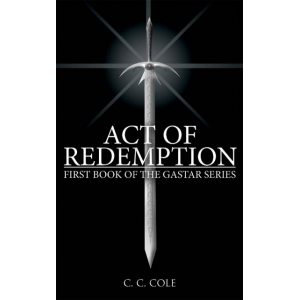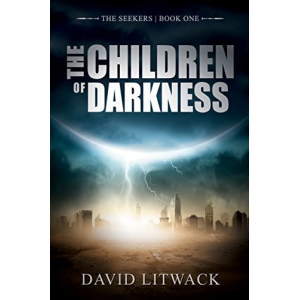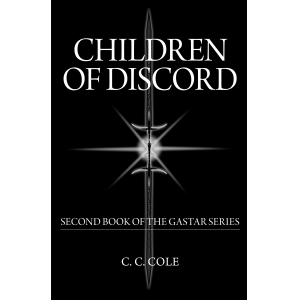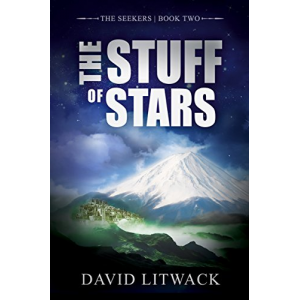- Author
- Book
- Story behind the book
- Media Links
- Reviews

Panteley Bahchevanov
About

Vital Temptations: A Heart's Betrayal
Description
<p>Dr. Bethany McNeal is living her dream as a pediatric resident in one of the most sought-after medical centers in Seattle. Beautiful and intelligent, she’s missing only one thing—love, which she put on hold to focus on her career after ending a tumultuous relationship. Everything changes when she meets Dr. Brent Anderson, a charming and handsome fellow resident. Despite her reservations, Bethany falls for Brent—hard. When she learns Brent is married several months into their relationship, she immediately breaks it off. After graduating residency and going their separate ways, Bethany tries to move on with another man—real estate broker and personal trainer Charles Blakely. But just when things get serious with Charles, she realizes she’s still in love with Brent, and she finds herself caught between the two men, facing a series of difficult decisions and harrowing events that will change her life forever. Will she be able to recover from the vital temptations that turned her perfect life upside down?</p>
Story Behind The Book
Media Links
Reviews
Alternative theology that laments the rise of science and materialism in contemporary culture.<br />Written as a kind of philosophical soliloquy, Bahchevanov (The Parallel World, 2007) wastes no<br />time introducing his paranormal world. For a three-year stretch, his neighbor was Mrs. G.P. Not your<br />grandmother’s medium, Mrs. G.P. had achieved contact with no mere splash of ectoplasm, but<br />extraterrestrial creature Mo. The veracity of Mrs. G.P. was never in question as Mo had an uncanny<br />fluency with the personal details of its contactees—the entity even divulged certain information about<br />a Football World Cup. Mo isn’t necessarily the wellspring of all of Bahchevanov’s ideas, but Mo and<br />Poo (the name for an assortment of transcendental beings) are certainly big players in his cosmic<br />scheme. It’s admittedly intriguing, but the book has an uncomfortable relationship with traditional<br />science and argumentation that, at times, works against the author’s hypothesis. It’s apparent in several passages that Bahchevanov is not a<br />native writer of English or perhaps just a creative one lacking an editor. His voice is powerful and obviously intelligent, so the book isn’t ruined<br />by some unique lexical decisions. The problem is the rhetoric. When he dismisses the traditional historical interpretations of the Easter Island<br />moai, it results in a denigration and co-option of the aesthetic and engineering achievements only the Rapanui artists and engineers rightfully<br />claim. Burgling megalithic monuments from various civilizations only to buttress an encyclopedic pastiche of new-age spiritualism and fringe<br />archaeology is both too banal to be interesting and too insulting to take seriously. The author consistently reminds us that the book is dedicated<br />to “the Creator,” but the creators of the magisterial pre-Colombian civilizations are conveniently reduced to their myths—only scant glances<br />are cast at their authentic archaeological and linguistic mysteries. Everything, of course, was built by aliens or gods. However, these problems<br />of slipshod arguments don’t obscure the well-intentioned vision of a more peaceful, thoughtful existence for all humankind. It’s just the details<br />aren’t that convincing.<br />A bewildering, sometimes brilliant work of alternative history, cosmology and religion.<br />Bahchevanov, Panteley<br />THE CREATION CODE: The<br />Great Illusion of Life Ancient<br />and Contemporary Mysteries<br />BookSurge (196 pp.)<br />$43.99 paperback<br />October 6, 2008<br />ISBN: 978-1439209899<br />Kirkus Discoveries, Nielsen Business Media, 770 Broadway, New York, NY 10003<br />discoveries@kirkusreviews.com






